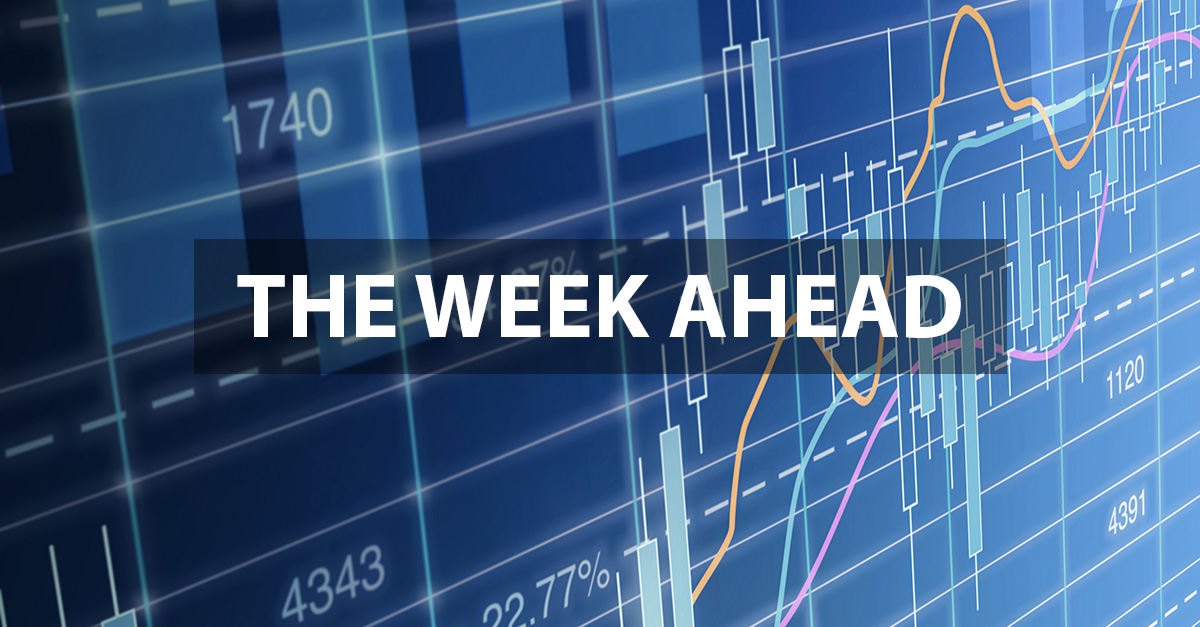Welcome to “The Week Ahead” where we take a moment to provide our thoughts on what we can expect in markets and the economy during the upcoming week.
Back in 2020 when the global economy was shutting down due to Covid-19, governments and central banks around the world stepped-up with unprecedented stimulus to deal with the looming recession. We had never turned-off the economy before, so trillions upon trillions of dollars were pushed out. By some estimates, $9 trillion were injected into the US economy alone. While this money was necessary to prevent a world-wide depression, it is clear the Federal Reserve (Fed) kept simulating for too long, and it made the economy ill - fostering asset bubbles and malinvestment.
The combination of fiscal largess, ultra-easy monetary policy and crippled supply chains drove inflation to its highest level in forty years – topping out at an annualized rate of 9.1%. But, it appears the inflation fever may have broken. Last week, the core CPI (Consumer Price Index) report at 0.27% month over month or at a 3.3% annual rate came in softer than expected. This is not to say it was low, but it is definitively heading in the right direction, which means the Fed can afford to take a pause in the near future.
Markets now believe we will see just a 50 basis point hike on December 14th instead of the mega 75 basis point hikes we have seen the previous four Fed meetings. This reset of expectations, and more importantly, the belief that the open-ended campaign of higher rates may be coming to an end setoff one of the greatest equity rallies on record. On Thursday, the S&P 500 was up 5.5%, which was the 26th best day in the stock market since 1990. Bonds also rallied strongly, making it a great week to be an investor.
Companies are competing for labor in a way we have not seen in two generations. To wit, In-N-Out Burger is paying a starting wage of $26 an hour in some locations. However, as they say: the best cure for high prices is high prices. Every month, we are seeing supply and demand move toward equilibrium, and now it looks as if the market is believing it too.
Lots of interesting economic data this week. We estimate retail sales rose 0.7% last month. Despite the economic slowdown, we expect vehicle sales to hold up well. The recession in housing means that starts probably fell to 1.4 million in October. The leading economic indicators (LEI) measure will continue to drop as the global recession unfolds. Finally, the regional surveys suggest the Empire manufacturing index will stay soft.
Data Deck for November 14 – November 18:
|
Date |
Indicator |
Period |
|
Nov 14 |
NY Fed inflation expectations |
Oct |
|
Nov 15 |
Producer price index, final demand |
Oct |
|
Nov 15 |
Empire state manufacturing index |
Nov |
|
Nov 15 |
Real household debt (SAAR) |
Q3 |
|
Nov 16 |
Retail sales |
Oct |
|
Nov 16 |
Import price index |
Oct |
|
Nov 16 |
Industrial production |
Oct |
|
Nov 16 |
Capacity utilization rate |
Oct |
|
Nov 16 |
Business inventories (revision) |
Sep |
|
Nov 16 |
NAHB home builders' index |
Nov |
|
Nov 17 |
Initial jobless claims |
Nov 12 |
|
Nov 17 |
Continuing jobless claims |
Nov 5 |
|
Nov 17 |
Building permits (SAAR) |
Oct |
|
Nov 17 |
Housing starts (SAAR) |
Oct |
|
Nov 17 |
Philadelphia Fed manufacturing index |
Nov |
|
Nov 18 |
Existing home sales (SAAR) |
Oct |
|
Nov 18 |
Leading economic indicators |
Oct |



